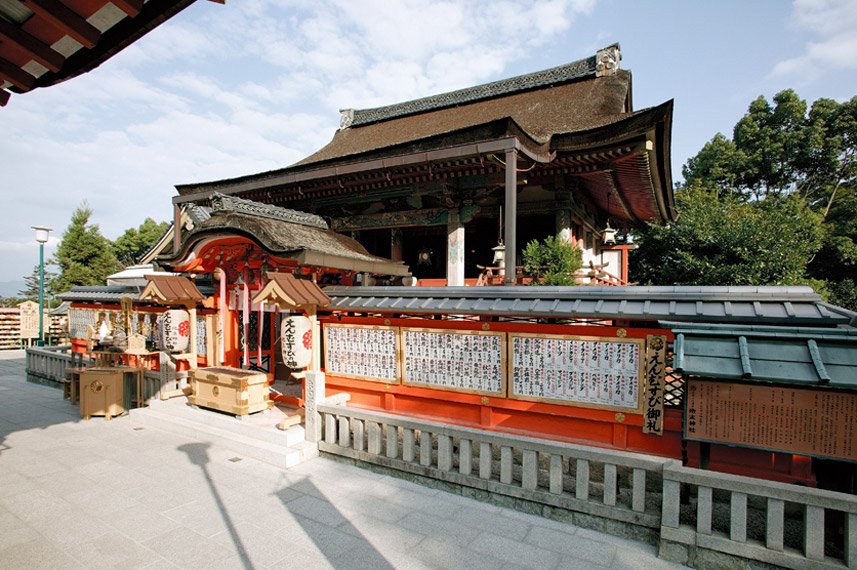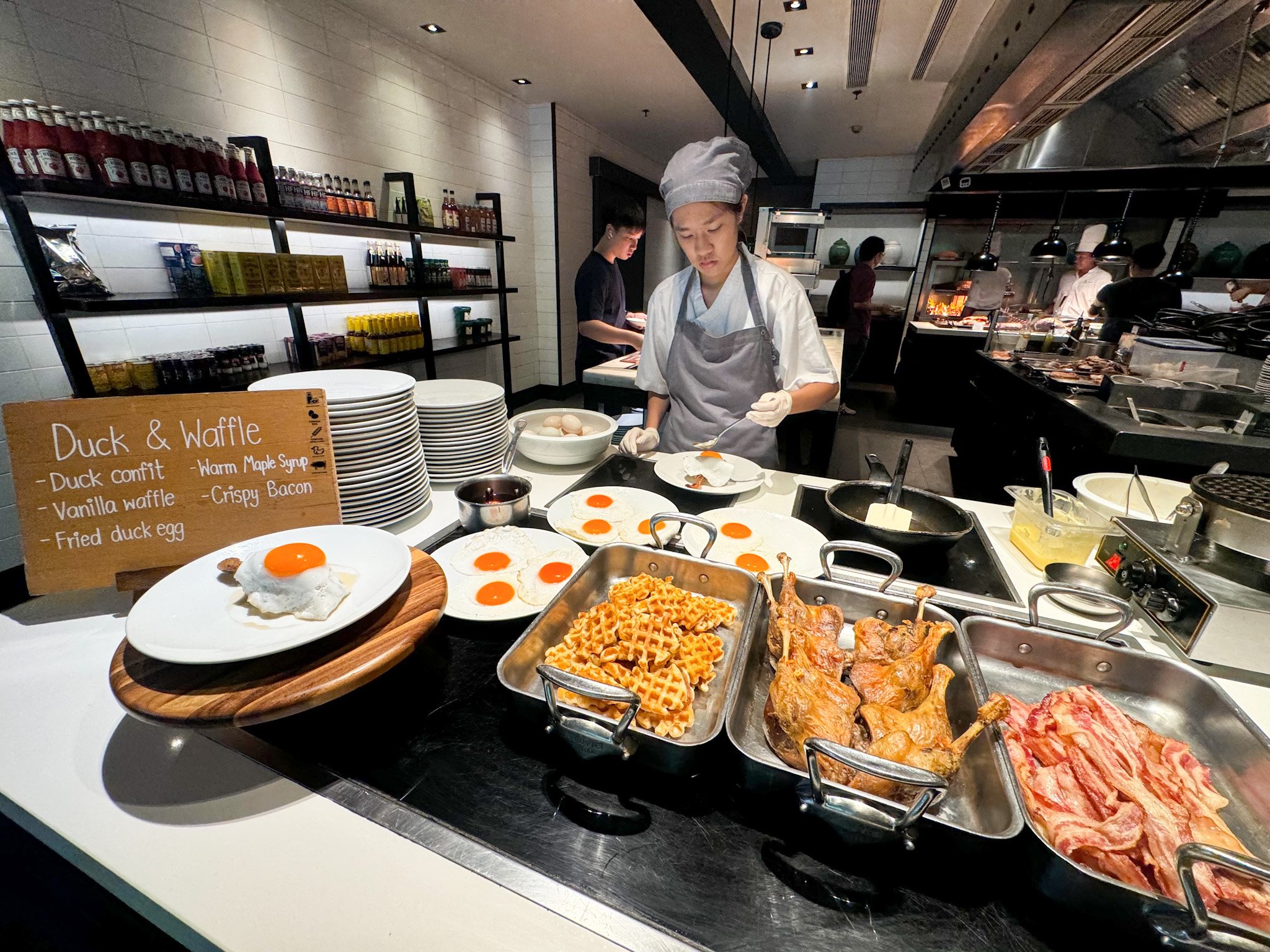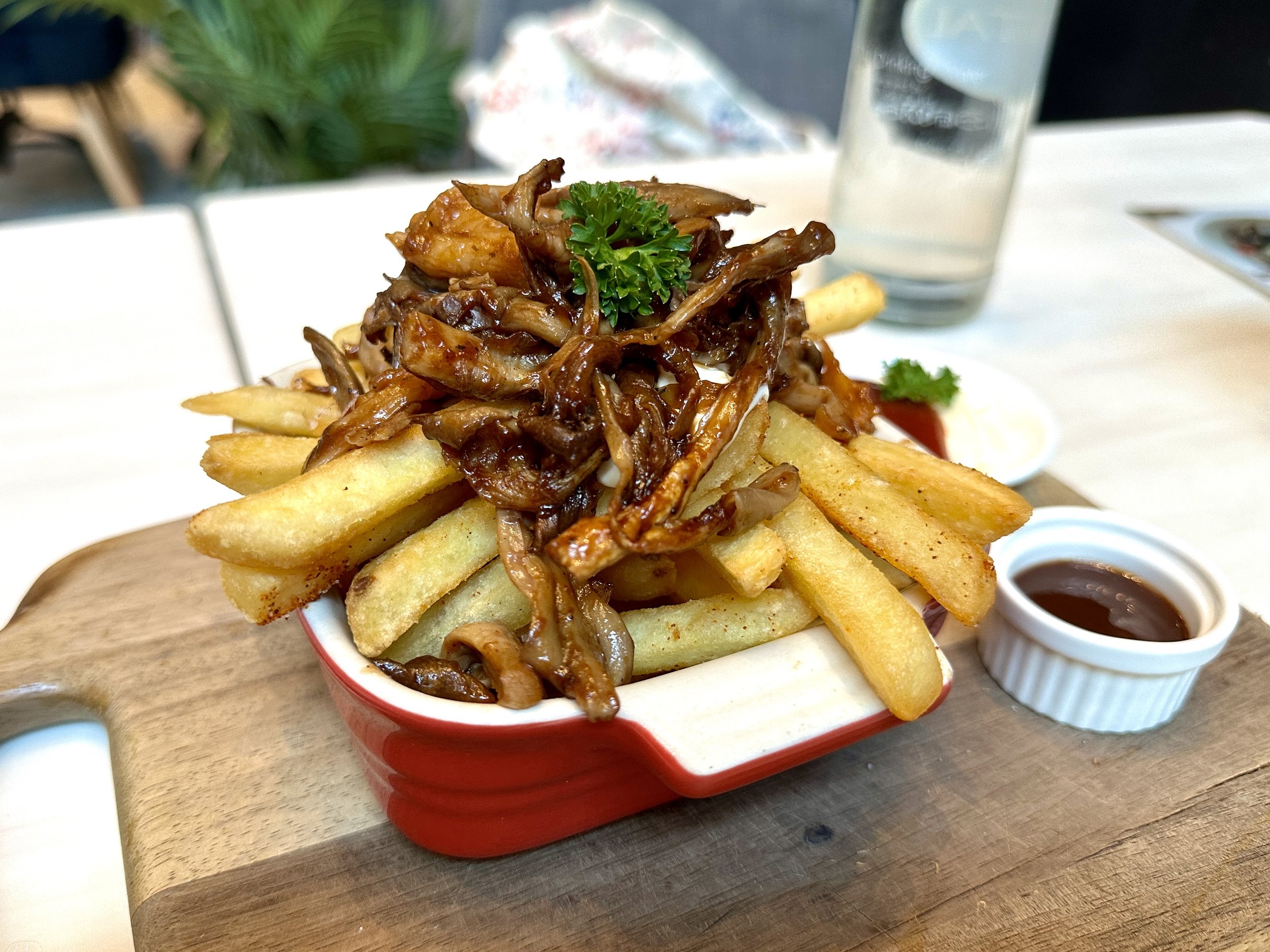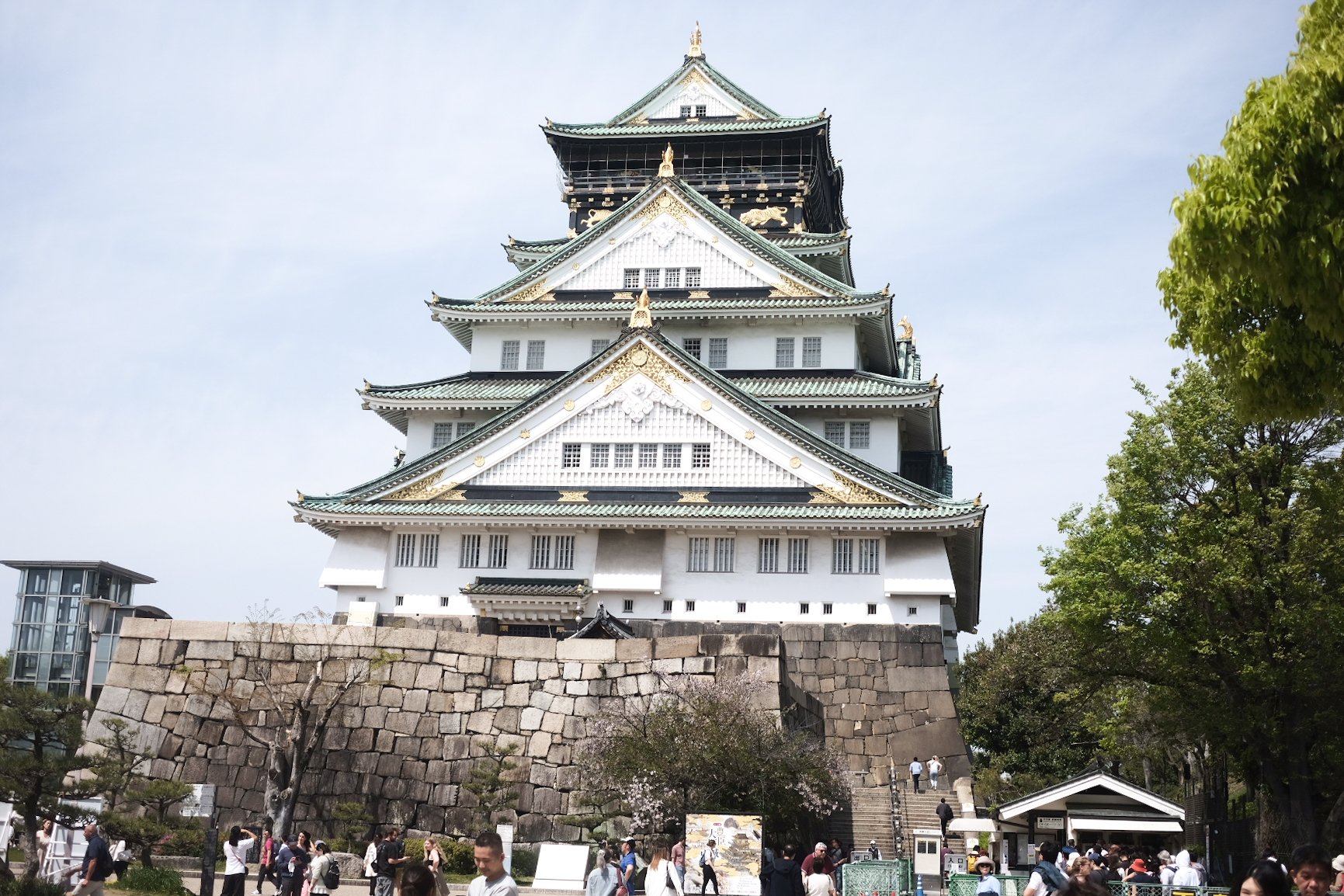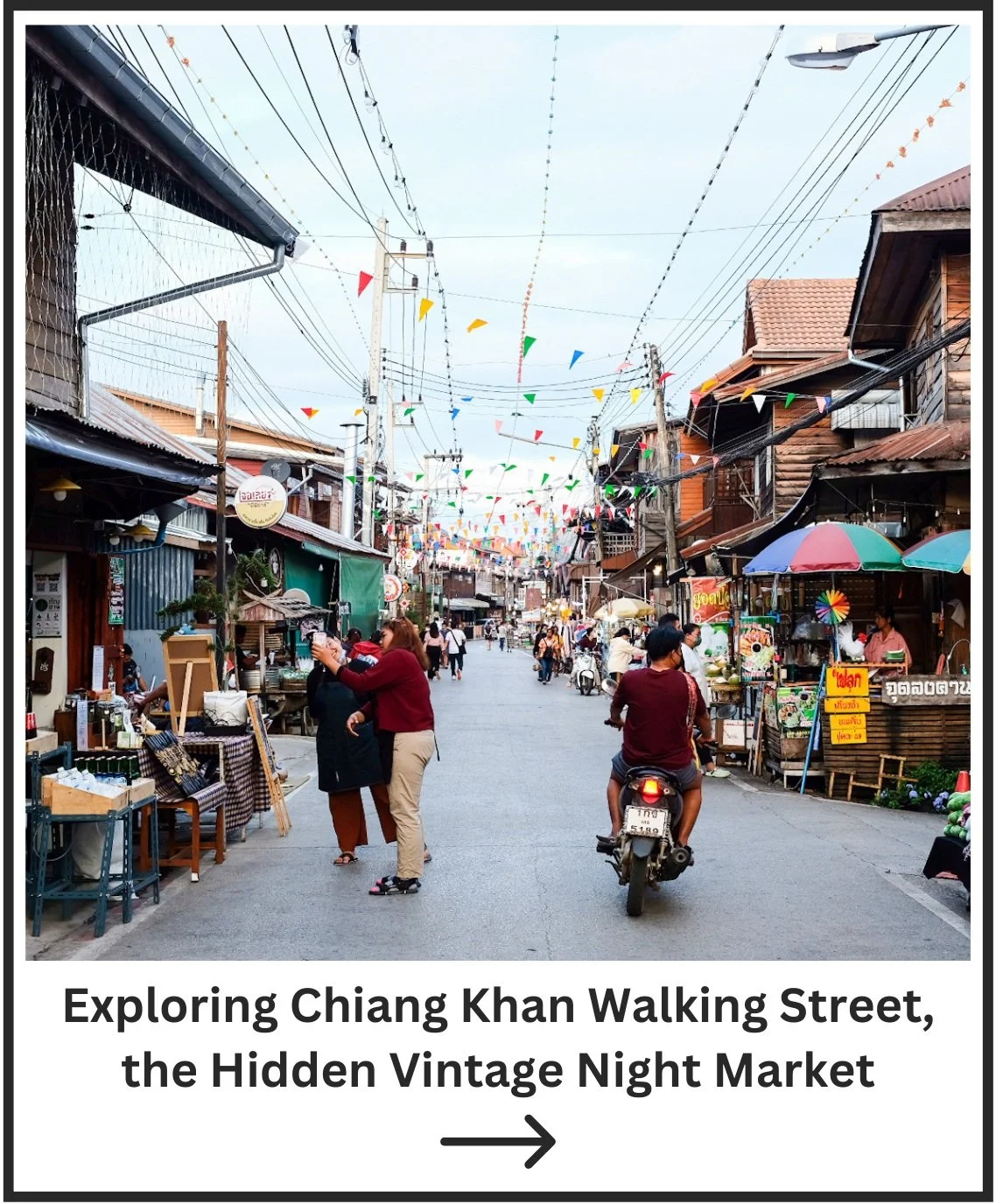Exploring Kiyomizu-dera Temple, Kyoto’s Iconic Pure Water Landmark
Kiyomizu-dera is a truly a sight to behold, it feels like I am in a Japanese fairy tale
There are many things to do in Kyoto, the ancient capital of Japan, but if you miss out on the gorgeous Kiyomizu-dera an Iconic Kyoto landmark, your holiday to Kyoto won’t be complete. Perched atop the city surrounded by a vast cherry blossom ocean, this temple is a top Kyoto attraction.
This is my second time visiting Kiyomizu-dera, the first was about half a decade (~2018) back during the winter. At the time the main temple hall was undergoing renovation so large portions of the temple was covered in scaffolding, the visuals were dissapointing…
This time however, I went during the early winter season, when the cherry blossoms are starting to bloom and the renovation has been completed. So join me as we explore Kiyomizu-dera and find out all it has to offer!
As always you can find details at the end of this blog post such as location, opening hours, and entrance fees :)
Affiliate Disclaimer: This page contains affiliate links. By clicking on the links and purchasing the product, I will receive a partial commission at no cost to you. All of these products are ones that I fully trust and recommend with my heart. Thank you for your support!
Kiyomizu-dera, Kyoto’s Pure Water Temple
The west gate of the Kiyomizu-dera complex, Sai Mon
Kiyomizu-dera stands for “Pure Water Temple” and this name comes from Otawa Waterfall whose streams run through the temple complex.
Kiyomizu-dera actually has a long history spanning back to over 1200 years, it was constructed sometime in the 8th century AD during the Heian Period. What you see nowadays isn’t actually the original iteration of the temple since the original has been burned by numerous fires throughout it’s lifetime.
Kiyomizu Temple is actually very large, the complex covers an area of about 130km² and consists of about 30 individual buildings.
There is actually a walkable path if you want to explore the entire Kiyomizu-dera complex, but it could be a little tiring and confusing, consider taking a Guided Kyoto Day Tour, these tours will bring you to all of Kyoto’s key highlights such as the Fushimi Inari Shrine, and the Bamboo Forest Trail, of course the Kiyomizu-dera is also in the itinerary :)
Staged Atop Sakura Cherry Blossoms
The Koyasu Pagoda hiding amongst the cherry blossoms
The main attraction or point of interest of Kiyomizu-dera is the main hall’s terrace platform which is constructed from wood without ANY nuts, bolts, screws, or glue to hold it in place.
Does that sound dangerous? Yes, it sounds unsafe but this temple has been standing for over a thousand years, it’s so structurally sound that no earthquake has ever damaged the temple, and Japan has a lot of earthquakes.
Anyway, this gives the temple a unique view over an ocean of cherry blossom trees, if you come here during the early winter season (November) then you’ll bear witness to a sea of pink/red flora as far as the eye can see.
Look hard enough (not really that hard tbh) and among the cherry blossoms you’ll spot the Koyasu Pagoda in the far distance which is part of Taisanji Temple.
The Ninenzaka and Sannenzaka Slope
Be sure to eat your way through these alleys once you are finish exploring Kiyomizu-dera!
Alright one more thing before I get to actually exploring the Kiyomizu-dera complex, the Ninenzaka and Sannenzaka slope are a set of alleyways that connect connect directly to the entrance of the Kiyomizu-dera complex.
The reason I want to tell you about this is because these streets are basically historical shopping streets full of well preserved traditional buildings, fun souvenirs and trinkets, and plenty of delicious Japanese street food.
So before or after you visit Kiyomizu-dera be sure to take a stroll down the Ninenzaka and Sannenzaka alleys. You can read my exploration of these alleys here if you would like read more into what you can find here.
Exploring Kiyomizu-dera’s Main Hall
Hehe, two tickets for me and my mom :)
Alright, alright, let’s get to exploring Kyoto’s Kiyomizu-dera!
First things first, Kiyomizu-dera’s entrance fee is 400 JYP, for all visitors. Also be warned that since this temple is a “must-see” attraction in Kyoto, there will be lots of visitors, both foreigners and locals.
When I went, it was packed full of visitors and I more or less had to waddle through the temple complex, especially if you intend to get a picture of the best angle of the Main hall’s wooden terrace supports at Okunoin hall.
Imagine coming here when there aren’t many visitors, how serene will the atmosphere be?
Getting past the entrance area and its cluster of buildings, you’ll arrive at the Hondo Main Hall, the most famous structure in the entire Kiyomizu-dera complex.
This impressive structure is held up by the previously mentioned wooden terrace held up by 13 meter tall 400 year old wooden pillars.
Only the outer parts of the Hondo Main Hall is accessible to the public however, this includes balcony also known as the Kiyomizu stage. The inner chambers of the building is only accessible on special occasions.
You can toss a coin into that wooden box for good luck :)
The inner sanctuary of the Hondo Main Hall houses a small statue of the eleven faced and thousand-armed Kannon, the Bodhisattva of marcy and compassion.
you are allowed to stand around the outside of the sanctuary and pray.
It might not look like much of a waterfall but this is just a small part of it
Looking down from the main hall’s terrace you’ll see a section of the Otowa Waterfall which Kiyomizu-dera is constructed around.
The water flowing through the Otowa waterfall is believed to be sacred and is known as “Konjiki-sui” and “Emmei-sui” which means “Golden Water” and “Longevity Water” respectively.
The waterfall is split into 3 different streams and cumulates in to one fountain. Each of the stream represents a different meaning: Health and longevity, academic success, and everlasting love.
You are able to pour the water form the streams onto your hands as well as drink the water, don’t worry as the water from Kiyomizu-dera is really clean and safe.
I wasn’t able to get a taste of the Konjiki-sui as I was pressed for time, but when you go, you should try it for yourself. I guess I won’t get any of the 3 benefits of the Otowa Waterfall :/
The Best Views at Okunoin Hall
It’s a miracle that the terrace doesn’t collapse from all that weight…
If you want the best views of Kiyomizu-dera like the ones you see on the internet, then the Okunoin Hall is where you must be.
Okunoin Hall is to the left of the Hondo Main hall and is the most densely packed balcony I have ever seen. Seriously, you’ll have to fight your way through crowds of people if you want a spot at the terrace to take a photo.
The red cherry blossoms is really the icing on the cake, I’d imagine it won’t look as divine when the leaves are green
It’s almost like Okunoin Hall was constructed just so you can take a beautiful picture (it’s not).
The view from the terrace features a gorgeous vision of Kiyomizu-dera as well as the city of Kyoto in the background.
Snap a few dozen pictures and let’s get going because there is one more place I want to show you.
Matchmaking at the Jishu Shrine
Will you find true love? Test your luck at the Jishu Shrine
The last place I want to bring you is the Jishu shrine which is located behind the Hondo Main Hall.
This shrine is popular for find true love :)
There is a fun little tradition here, in front of the Jishu shrine are 2 love stones, you can test your luck by closing your eyes and attempting to walk the 18 meters to the love stones.
If you bump into a stone, you’ll find true love, but if you miss… well, guess you’ll be lonely forever?
Details About Kiyomizu-dera
Kiyomizu-dera is one of THE must-see temples in Kyoto, if you don’t come here then you haven’t been to Kyoto. The majority of people spend about an hour here and explore only around the main hall of the Kiyomizu-dera complex. If you plan to epxlore the entire temple grounds then expect to spend 3 hours here.
Be warned that this place is always packed full of visitors, especially during peak holiday seasons like Summer or Winter.
Location: 1 Chome-294 Kiyomizu, Higashiyama Ward, Kyoto, 605-0862, Japan
Kiyomizu-dera Opening Hours: 6:00AM - 6:00PM | Mon - Fri
Kiyomizu-dera Entrance Fee: 400 JPY for all guests
How to get to Kiyomizu-dera?
You have two options, assuming you are starting from within Kyoto.
The first option is taking the 100 or 206 bus (230 JPY) from Kyoto Station and get off at Gojo-zaka or Kiyomizu-michi station, here you can walk about 10 minutes through Ninenzaka or Sannenzaka Alley to reach Kiyomizu-dera.
The second option is via train, take the Keihan Railway Line to Kiyomizu-Gojo station and here it is a bout a 20 minute walk to Kiyomizu-dera.
Best Hotels in Kyoto
Nohga Hotel Kiyomizu Kyoto - An exceptionally comfortable and clean hotel, located near Kiyomizu-dera and Fushimi Inari Taisha.
APA Hotel Kyoto Ekihigashi - A famous chain hotel located in the center of Kyoto city
Hotel The M's Kyoto - A comfortable and trendy 3 star hotel in Kyoto’s city center
Looking for Things to Do in Kyoto?
Perfect Kyoto 1 Day Bus Tour - Explore some of iconic Kyoto attractions with this guided tour
Kyoto Night Foodie Tour - Taste Kyoto’s delicious street food, sake also included ;)
Samurai Experience - Become a samurai, learn the way of the warrior, and practice the blade
Discounted Tours - Browse a variety of attractions, tours, and transports all for a great price
Useful Resources for Traveling in Japan
Tourism Information - All the information you need when traveling in Japan
4G eSim for Japan - 4G 5-15 day eSim for Japan (QR code sent via email)
JR Railway Pass - The most important train ticket to get you around Japan












